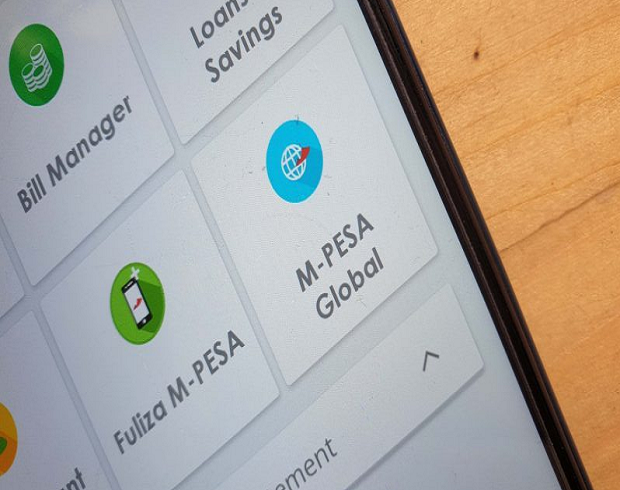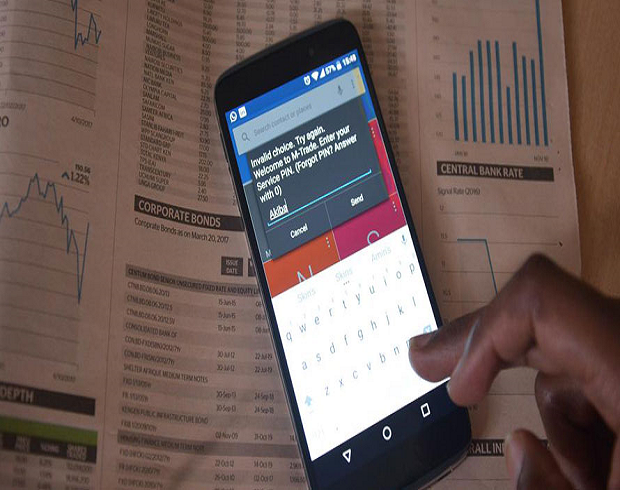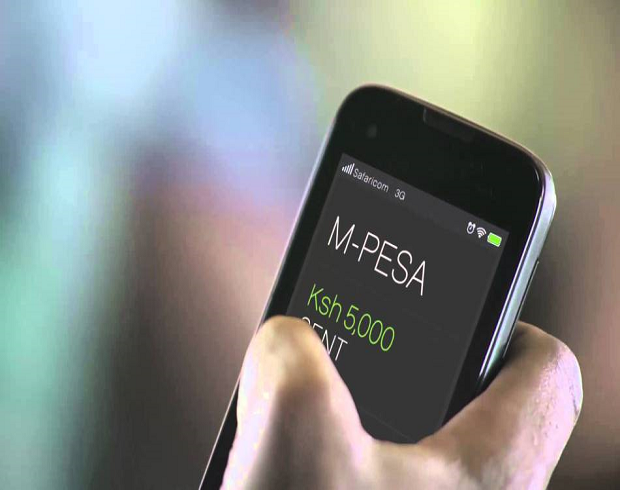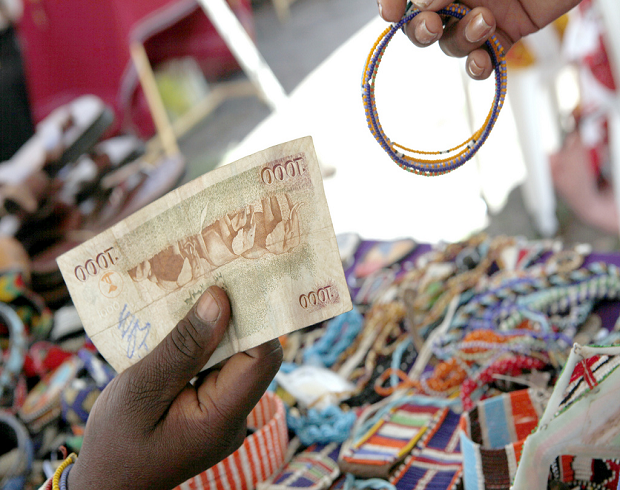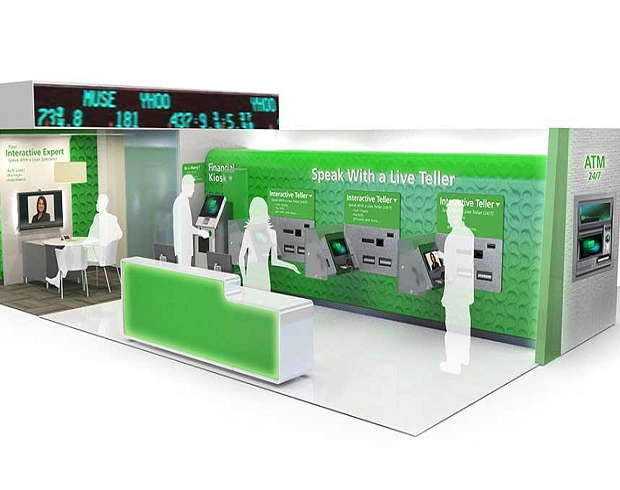Earlier this month, this newspaper led with a headline that Safaricom’s Fuliza product lent Kshs 6.2 billion in its first month after launch. In case you’re one of those laggards that hasn’t entered the mpesa universe yet, Fuliza was launched by Safaricom in January 2019. Its objective is to help the mpesa user avoid that embarrassing “oh-no” moment when goods or services that she wishes to purchase are literally in hand but the funds to pay are not. I signed up for the product following an SMS blitz by Safaricom as soon as it was launched for no other reason than to just stop the confounded messages coming through. Two weeks later I stood at the supermarket till purchasing items via Mpesa. Lord help me because I came up short, Kshs 434.74 to be precise. Usually I would give a sheepish grin to both the cashier and to the visibly irritated customers behind me and mumble something about “please let me withdraw from my bank” and have to wait several nail biting, interminable minutes as my bank’s mobile app chooses to be slow on that day at that moment. But the Mpesa app immediately prompted me to Fuliza – which, by the way, means “continue” in Swahili. In seconds I had been allowed to overdraw my Mpesa by that amount, the transaction was completed, I got an update that I was charged the princely amount of Kshs 4.35 for the overdraft facility and I now owed Kshs 439.09 due in 30 days. Most importantly, the fellows standing in line behind me never knew that I had run out of funds. At all. The next day I withdrew funds from my bank into Mpesa. Again I got a message in a split second, the outstanding amount had been automatically deducted from my funds. And my available limit was back to the Kshs 12,000 that I had automatically been awarded when I signed up.
Fuliza is a testimony to those two words you see being bandied about miscellaneously: “big data”. Big data are extremely large data sets that may be analysed to reveal patters, trends and associations relating to human behavior and interactions. CBA Bank, the creators of the first Mpesa based lending product Mshwari, used mpesa usage data to feed into their credit algorithm that calculated how credit worthy the loan applicants were. It soon became apparent that about 58% of mpesa transactions failed where the user was sending money to another beneficiary. But about 85% of the same transactions would be repeated within two days, that is, payment to the same beneficiary because funds were now available. It doesn’t take a rocket scientist to see that the data was speaking to a funding gap that would be eliminated within 48 hours as cash came in. In banking-speak this is what an overdraft does: provide a short term cash bridge pending arrival of funds. In the example above, my overdraft interest rate was 1% for a 30 day facility.
If you were to ask the over 400,000 customers that are using Fuliza daily as to what the annualized interest rate (12%) is, they’d tell you that they didn’t care. I certainly didn’t at the point where I was standing at the till with a basket of goods already packed and carefully perched on the counter ready for my hasty exit. Actually neither do the millions of Mshwari customers who are ready to pay a flat fee of 7.5% for a 30 day loan (again, if you annualized that you would get 90%). The Fuliza product currently endures a default rate of less than 1%. So for every 100 shillings that are lent out, less than 1 shilling is lost. The automatic limit that I received of Kshs 12,000 was done without my asking and without my knowledge. The bank just used my data to generate a very important product for me.
To the Kenyan legislature, the lesson here is this: a little bit of research would have led you to see how you could force banks to use the reams of data that they have about their customers to provide a better and differentiated pricing which would have achieved the goal of lowering the cost of loans. Instead, the largely uninformed interest cap route taken has ended up drying credit supply. What these mobile loan applications are telling parliamentarians is that at the end of the day, the retail client is indifferent to the price. He just wants to “fuliza” his life!
Twitter: @carolmusyoka

 carolmusyoka consultancy
carolmusyoka consultancy
 @carolmusyoka
@carolmusyoka
